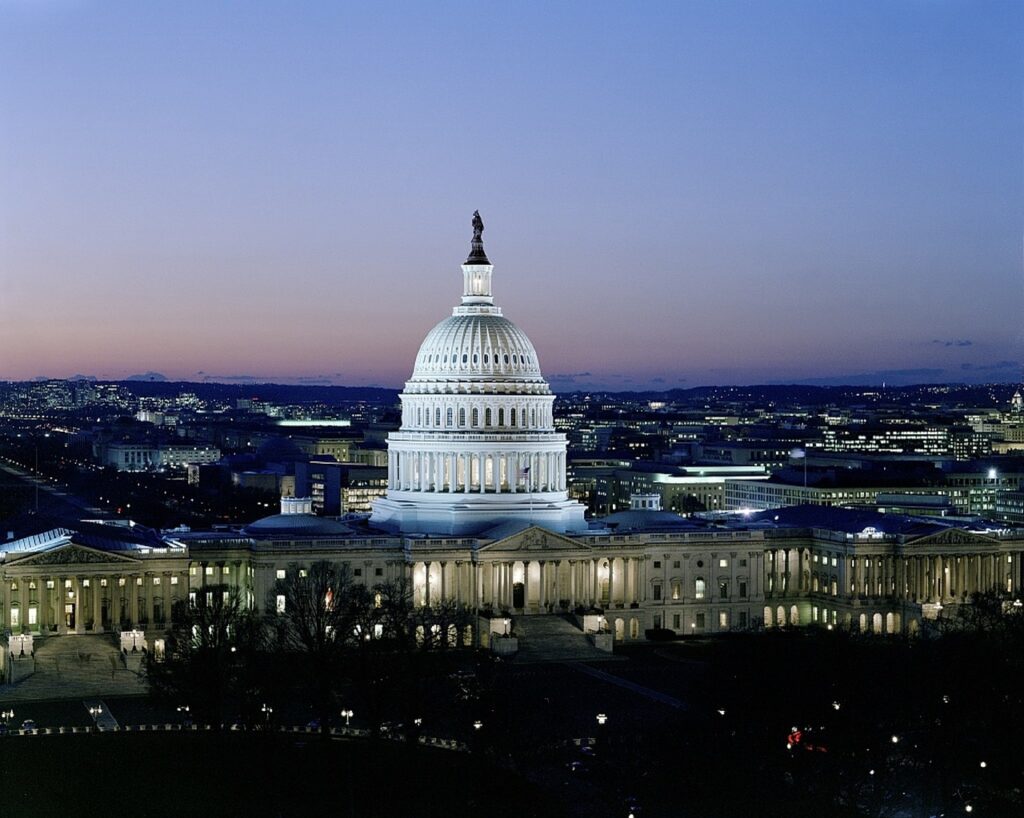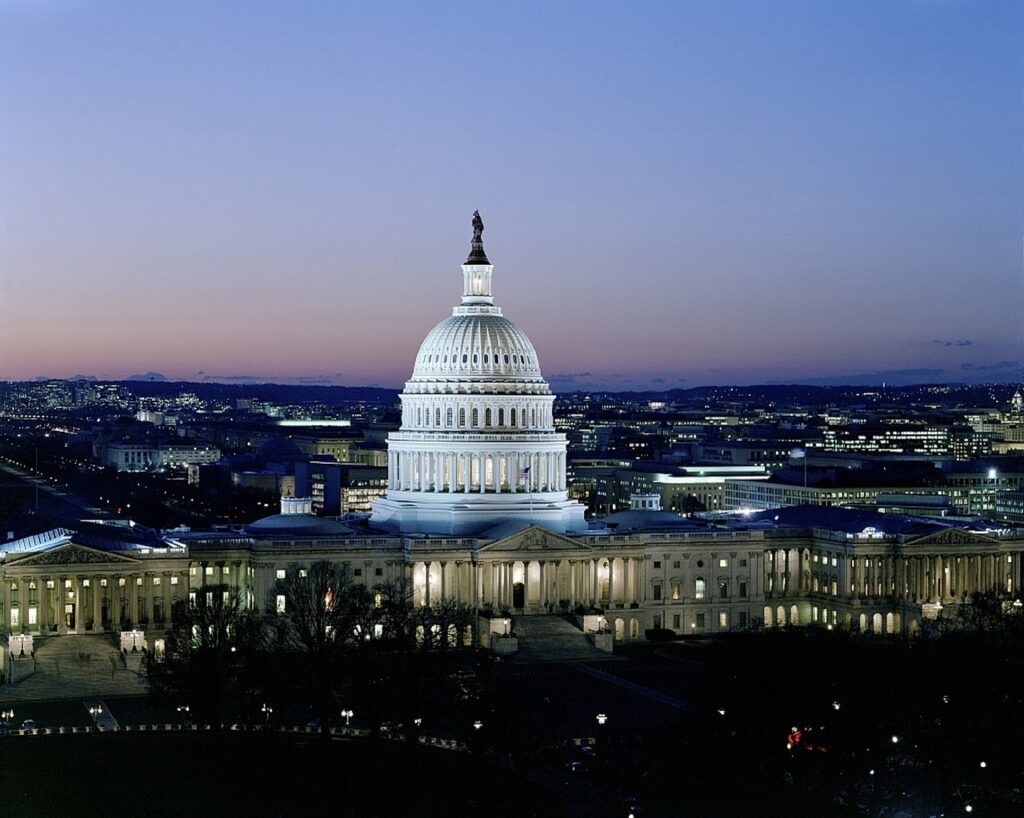For Europeans, it can be puzzling when talk turns to the famous Dodd-Frank as we witnesses the events that led to this milestone piece of financial regulation, but few have a real grasp of what this law actually did. It is even more confusing when we hear that a reform to repeal the regulation that was designed to address the deficiencies of a broken regulatory framework and reign in the greed of bankers has gained popular support amongst lawmakers and the people. Where did it go wrong for the a legislative act that aimed at promoting the financial stability of the United States by improving accountability and transparency in the financial system, ending “too big to fail”, protecting the American taxpayer by ending bailouts, as well as consumers from abusive financial services practices, plus a number of other purposes? And what are the 5 biggest impacts of the coming rollbacks you should know about? Read on and you’ll find out about this and more.
The beginning
Ten years after the fire sale of Bear Stearns and the bankruptcy of Lehman Brothers, the Global Financial Crisis aka the 2008 financial crisis itself may seem a distant memory, but the consequences are still felt both in the financial industry and the real economy.
For all you millennials that weren’t around in the good, old times, the era leading up to the GFC was very different from the one we live in. Bankers made fortunes on the back of debt instruments and in particular thanks the infamous subprime loans. During the great wave of securitisation, when financial engineers pooled and repackaged the loan given out to creditors that rather obviously would not be able repay their debt, securities were created that were supposedly a combination of low-risk and above-average returns in a low interest environment.
The bankers and their greed were main target of the rage that ensued when the gigantic card house collapsed and governments and central banks had to pour trillions into the financial system to stop the bleeding. While there is more than one cause for the GFC, it wasn’t the bankers’ fault alone as there were more parties to blame.
The rating agencies that provided many of the junk securities with their stamps of approval, triple-A credit ratings that were paid for by the same banks that had issued the securities and created a clear conflict of interest.
Regulators around the world that failed to spot or address this conflict of interest, that were not severe and consequent enough with regard to the financial institutions they were supposed to supervise, and poorly handled the events that led the financial system to stare into the abyss when after a months of catatonia decided to let Lehman fail, which in turn created panic in the market and forced them to inject liquidity at an unprecedented scale.
Governments that did not want to spoil the party when they tolerated global current-account imbalances, did not act on the housing bubble and allowed banks to operate on insufficient capital ratios.
And the Investors that in their own greed put their money into securities even when then warning signals could not be ignored any longer.
The list of causes and culprits goes on and many accounts have been published about the origins of the financial crisis like this paper by the Brookings Institution or this OECD paper.
Dodd-Frank to the rescue
As a result though, one of the key responses across global jurisdictions were the tightening of the screws, mostly in the form of new regulations. In the U.S., the result of the legislative reform of the financial industry led to the Dodd-Frank Wall Street Reform and Consumer Protection Act, named after the member of the U.S. House of Representatives, Barney Frank, and the former senator, Chris Dodd, who introduced the bill in House and Senate. Signed by then President Obama and effective as of 21 July 2010, it aimed at nothing less then to promote the financial stability of the United States by improving accountability and transparency in the financial system, to end “too big to fail”, to protect the American taxpayer by ending bailouts, to protect consumers from abusive financial services practices, and for other purposes.
Too-Big-To-Fail
The Too-Big-To-Fail reference means that financial institutions should not be allowed to take excessive risks like they did prior to the GFC in the belief that the government and eventually the taxpayer would step up and rescue them to prevent a wider financial crisis like they did at the height of the crisis of 2008. In practical terms this means higher capital requirements, regular stress tests to simulate the robustness of firms in the case of given economic crisis.
SIFIs
When things started to spin out of control, the authorities learned that the biggest risk to the financial system might actually not sit with the investment banks that had created the mortgage back securities but other financial players like the insurance giant AIG that required a government bailout for the whopping amount of $180 billion. AIG had heavily invested in Credit Default Swaps and if it had collapsed it would have endangered the financial integrity of other major firms that were its trading partners like Goldman Sachs or Morgan Stanley. Dodd-Frank therefore extended the authorities’ supervision beyond banks to other financial institutions, which are deemed Systemically Important Financial Institutions (SIFIs). This was to address the high degree of risk correlation among large numbers of actors in quick-moving markets together with the emergence of financial institutions of sufficient combined size, interconnectedness, and leverage that their failures could threaten the entire system.
Transparency of Derivatives and Structured Products
Since CDOs and CDSs created the false impression of security due to their often complex structure, Dodd-Frank also tried to improve the regulation and transparency of derivatives and structured products. Standardized derivatives were moved to be traded exchanges as opposed to over the counter (OTC) and repeals exemptions that formerly were applicable for some security based swaps giving the SEC the authority and oversight of these financial instruments.
The CFPB
The Act also created the Consumer Financial Protection Bureau (CFPB), a U.S. government agency. It aims to make sure financial companies treat consumers fairly, to protect them from unfair, deceptive, or abusive practices and to take action against companies that break the law.
These and various other measures like the rules to improve accounting and tightened regulation of credit rating agencies in a regulation that eventually consisted of more than 22,000 pages.
Turning back time?
If almost everyone agrees that so much was wrong prior to the financial crisis, why do representatives from all American political camps agree on rolling back these rules?
First of all, the Dodd-Frank Act has from the beginning been subject to criticism from both the left – that states that the law does not go far enough and has achieved little since its introduction – and the right – which sees in it a burden to heavy to carry for financial institutions to the extent that it created an oppressive regime for banks, one that chokes smaller firms, and that has held back bank lending despite interest rates at record lows. When Donald Trump moved to the Oval Office, he proposed to soften the yearly stress tests as well as the capital and liquidity requirements for the largest international banks, and a review of the Volcker Rule, which prevents banks from engaging in proprietary trading, which do not benefit their customers.
Republicans and Democrats united
So, only a few weeks ago on 22 May, the House of Representatives voted in rare demonstration of bipartisanship with 33 Democrats joining the Republican ranks in favour of a regulatory rollback (The Economic Growth, Regulatory Relief, and Consumer Protection Act, short “The Reform Act”) that had passed the Senate earlier this year. While it does undo Dodd-Frank entirely, it watered down the original rules significantly. Why are the different parties despite their often contradicting views suddenly united in the modification of the Dodd-Frank Act? Many among the democrats for example agree with the Republican argument that it stifles smaller firms. The list of arguments goes on, but to get the full picture the more important question is what are actually the changes in detail? The following are the 5 rollbacks that will have the biggest impact for the industry:
1) Modification of the Volcker Rule
Financial Institutions will have greater flexibility in branding private funds that they organize and advise under the Reform Act. Dodd Frank Act’s Volcker Rule provision, banks and their affiliates meant that they were prohibited from co-branding with a “covered fund.” The new legislation modifies this prohibition by permitting a bank-affiliated investment adviser to share a name with such a fund provided as long as the adviser is not, and does not share a name with, a bank, and the co-branded name does not contain the word “bank.”
2) Relief for Community Banks
The concern that Dodd-Frank would stifle smaller banks was addressed with a relief for the so-called community banks. This comes in different forms, for example through revised capital standards for banks and banking holding companies (“BHCs”) with assets of less than US$10bn imposing a simple leverage ratio instead of capital rules in line with Basel III. The Reform Act also introduces an exemption for banks and BHCs with $10bn or less in assets from the requirements of the Volcker Rule provided their total assets and trading liabilities remain no more than 5% of their total assets. Examinations by the by the FDIC of well-capitalized insured banks with assets of less than $3bn will be reduced to once every 18 months. Furthermore, the Fed will make all BHCs with under $3bn in assets eligible for its Small Bank Holding Company Policy Statement, which permits these institutions to operate with higher levels of debt without being subject to certain capital requirements.
3) The role of Bank Holding Companies for Systemic Risk Regulation
Another important element of the Reform Act is the modification to the application process of the Dodd-Frank Act’s “enhanced prudential standards” (“EP Standards”) to BHCs. IN Section 401, the Reform Act determines to:
- increase the asset threshold at which certain enhanced prudential standards shall apply, from $50 billion to $250 billion, while allowing the FRB discretion in determining whether a financial institution with assets equal or greater than $100 billion must be subject to such standards;
- increase the asset threshold at which company-run stress tests are required, from $10 billion to $250 billion; and
- increase the asset threshold for mandatory risk committees, from $10 billion to $50 billion.
This represents a significant change with regard to the levels of the Dodd-Frank Act and the Fed has published data that concludes that the American BHCs, which are subject to these new rules, will decrease from currently 33 to 12.
4) Modification of Securities Laws
The Reform Act also consists of a number changes to securities laws that will have a substantial impact on capital markets. The Reform Act, for example, amends the Securities Act of 1933 to exempt from state registration securities qualified for national trading by the SEC and authorized to be listed on a national securities exchange. Currently, securities listed on exchanges specified by statute or SEC rule are exempt. The new law also directs the SEC to report on the risks and benefits of algorithmic trading in capital markets.
The Act amends the Investment Company Act of 1940 to exempt from the definition of an “investment company,” for purposes of specified limitations applicable to such a company under the Act, a qualifying venture capital fund that has no more than 250 investors. Specifically, the bill applies to a venture capital fund that has less than $10 million in aggregate capital contributions and uncalled committed capital. Under current law, a venture capital fund is considered to be an investment company if it has more than 100 investors.
Furthermore, the new rules require the SEC to increase the 12-month sales threshold from $5 million to $10 million beyond which an issuer is required to provide investors with additional disclosures related to compensatory benefit plans. The bill also expands the applicability to issuers of “Regulation A+”, which exempts certain smaller offerings from securities registration requirements.
5) Treatment of Non-U.S. Banks
For European and other Non-U.S. banks the new rules mean that while they are subject the some reliefs that are available to all banks like the modification of the Volcker role discussed above. Several other aspects will probably not be applicable to non-U.S. institutions For instance, the elements that are based on an institution’s since it eligibility is assessed with respect to an institution’s global assets.
Conclusion
The Reform Act does not roll back the Dodd-Frank Act entirely, instead the changes compared to the size of the latter bill are limited in number but contain some very significant modifications and what the consequences of these changes will be remains to be seen. So, these rule changes itself may not pose a meaningful threat to the regulatory framework introduced in response to the wrongdoings and implosion of the financial sector in 2007 and the following years. The real danger, however, lies in the aspect of changing rules introduced only 8 years that were to thwart the shortcomings and greed of financial institutions. In fact, as Republicans have made clear on various occasions, for them the Reform Act was just the beginning and talk and preparations are already ongoing to further modifications, for examples, of the Volcker rule to allow banks making riskier bets with depositors’ money and the Fed, for example, has already proposed to tailor the ‘enhanced supplementary leverage ratio’ requirements, which would practically ease the limits on how much the largest banks can borrow. At the same time the CFPB has halted the agency’s continuing investigations into finance companies in a sign of the President’s influence and intentions for the financial industry. A trend that, in the words of former Vice chair of the Federal Reserve Stanley Fischer, are troubling signs of a drive to return to the status quo that preceded the 2008 financial crisis.



